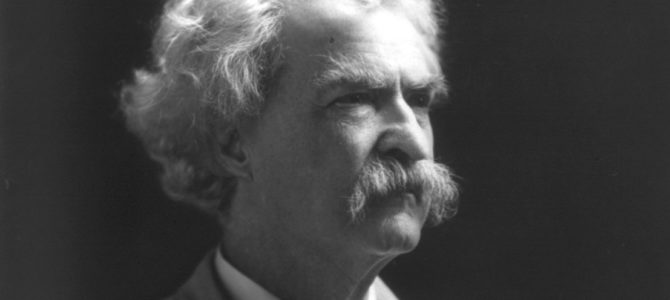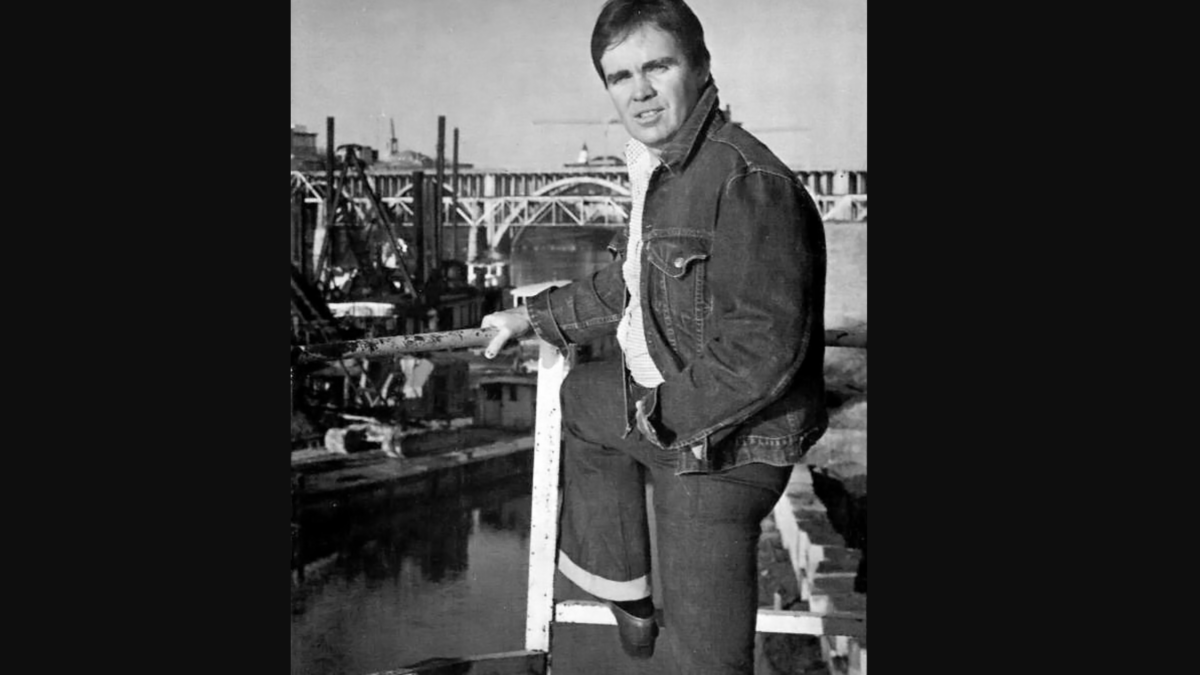In the third lecture of Hillsdale College’s free online course on Mark Twain, which you can follow along with me here, Kelly Scott Franklin, an assistant professor of English at the college, explains how the author used child characters to critique adults.
In his works “The Adventures of Tom Sawyer” and “The Adventures of Huckleberry Finn,” Twain treats the consciousness of children seriously. As a dedicated realist, Twain sought to depict the world as it really is throughout his fictitious writings — which meant treating children as serious characters with valid motivations and desires.
Tom Sawyer Critiques Materialism
In the second chapter of his book, which follows the fictional life of Tom Sawyer, the mischievous boy is tasked with whitewashing his aunt Polly’s fence — a chore he ultimately shirks by tricking his friends into completing it for him. Tom convinces one boy that getting to complete the task is a rare treat. Soon enough, all the boys in the neighborhood give away small treasures for the opportunity to paint the fence.
“I reckon there ain’t one boy in a thousand, maybe two thousand, that can do it the way it’s got to be done,” Tom told his gullible friend. By creating the mirage of scarcity, Tom was able to convince his friends the task was desirable — a satirical poke not just at boys’ mischievous nature, but also at the advertising industry of the time, which employed similar tactics to sell goods.
“He had discovered a great law of human action, without knowing it — namely, that in order to make a man or a boy covet a thing, it is only necessary to make the thing difficult to attain,” Twain writes at the chapter’s conclusion.
Man’s Role In Nature And Society
In the fictional town of St. Petersburg, Missouri, Tom becomes jealous of Huckleberry Finn, the son of the town drunkard who’s allowed to do what he pleases. He envies Huckleberry’s freedom from external constraints, such as that he doesn’t have to wear shoes and can curse at will.
This dichotomy between independence and limitations imposed by society is one Twain wrestled with in his own life, Franklin said. After journeying West to the frontier, Twain became a journalist, a miner, and a steamboat captain — occupations he would contemplate well into adulthood after he moved back to the more civilized East Coast.
In the middle of the novel, Tom, Huckleberry, and a group of other boys decide to escape from their town and live on Jackson’s Island, a small, wooded island along the river. Twain describes their experience on the island as an idyllic one. The boys drink pristine water from cups made of leaves and have no obligations to others. But after a short time in isolation, these boys grow homesick and eventually return to their families.
The loneliness the boys feel represents their obligations to society — to their families, to their communities, and more. Their surroundings present a unique set of challenges: lack of food, proper shelter, and, worst of all, a lack of purpose. While in the primal setting, the boys’ time is consumed with finding food and staying alive. They resolve to do the bare minimum amount of work necessary to eke out an existence, leaving many hours empty. During these unfilled hours, their consciences grow increasingly ornery, as the boys know the honorable thing to do is return to society and fulfill their commitments.
At the time of Twain’s writings, many of his literary contemporaries wrote about the possibilities of restoring an Eden on Earth — musings the author teased out in these boys’ adventures on Jackson’s Island. Can modern man truly cast off the tethers of society to be free? Does freedom mean living without any constraints in the state of nature, or is it more complicated than that? Is nature really that idyllic, or is there danger and loneliness throughout it? These are some of the questions Twain plays with in depicting their time on the wooded island.









